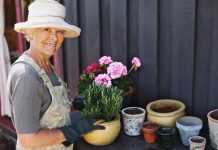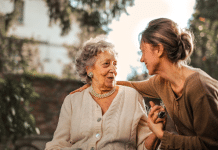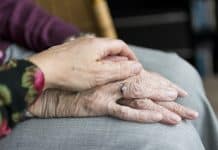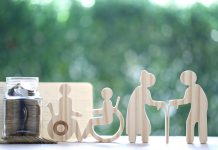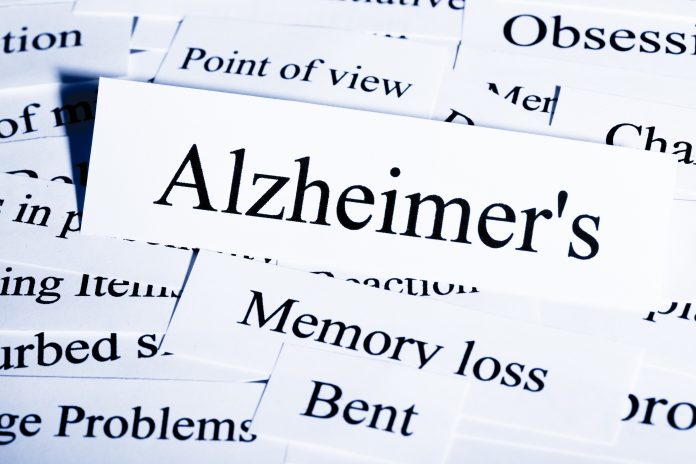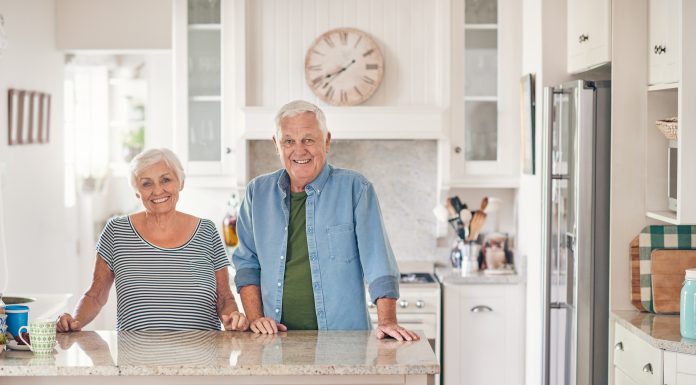In the early stages of Alzheimer’s symptoms appear gradually. What may begin as an isolated incident can turn into a daily problem. Caring for a senior with Alzheimer’s takes patience and awareness. If the patient is staying in their home, safety factors have to be taken into consideration. A safe environment for the patient means peace of mind for the caretaker.
Since two of the major symptoms of Alzheimer’s are balance problems and confusion, simplifying the living area is important. What may seem safe to you may actually be a danger to your loved one who now sees things differently than they once did. Going from room to room and removing safety hazards and clearing space will help someone with Alzheimer’s to live more safely while feeling less anxiety.
Some of the ways you can make the home safer are:
- Check that all smoke and carbon monoxide detectors are in working order and if they are the type that need batteries, the batteries should be checked and changed every few months. Electrical cords should not be on extensions and outlets should not be overloaded. Remove all throw rugs or tripping hazards.
- Entrances and exits are usually places that you will find clutter. Make sure that everything has a place of its own and is kept there, out of the doorway. Handrails should be sturdy and on all stairs and sensor lights are best to use for outside. Locks should be easy to use and in some cases a security system should be in place, particularly for Alzheimer patients who tend to wander.
- Add grab bars to bathtubs and beds to make it easier for your loved one to maneuver on their own. Alzheimer patients still want to do as much as possible without help, so make it easier for them.
Though this may sound like a lot of work, once a safe environment has been created, it will just have to be maintained. Living will become much easier for the patient as well as the caregiver. For a full article on creating a safe environment for a senior with Alzheimer’s, click here.
Download a free Aging Safely at home checklist here




